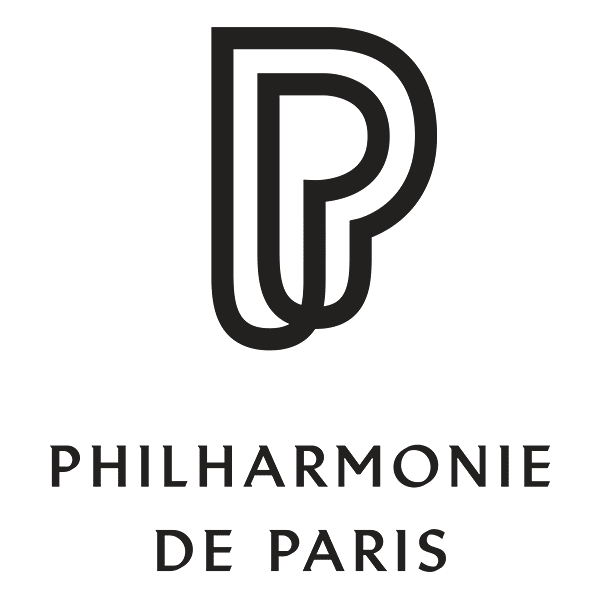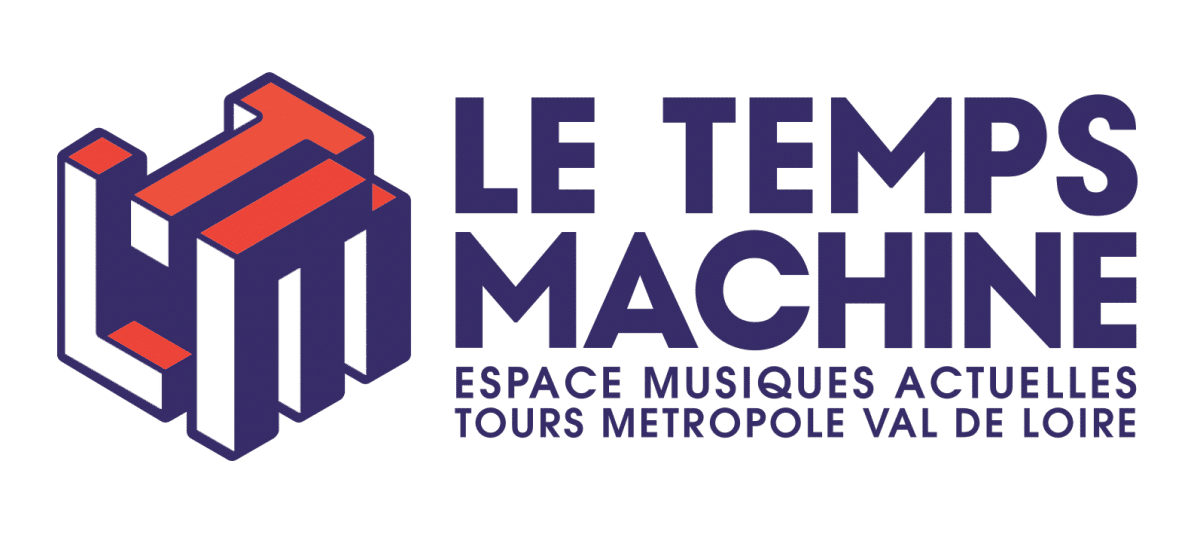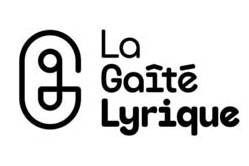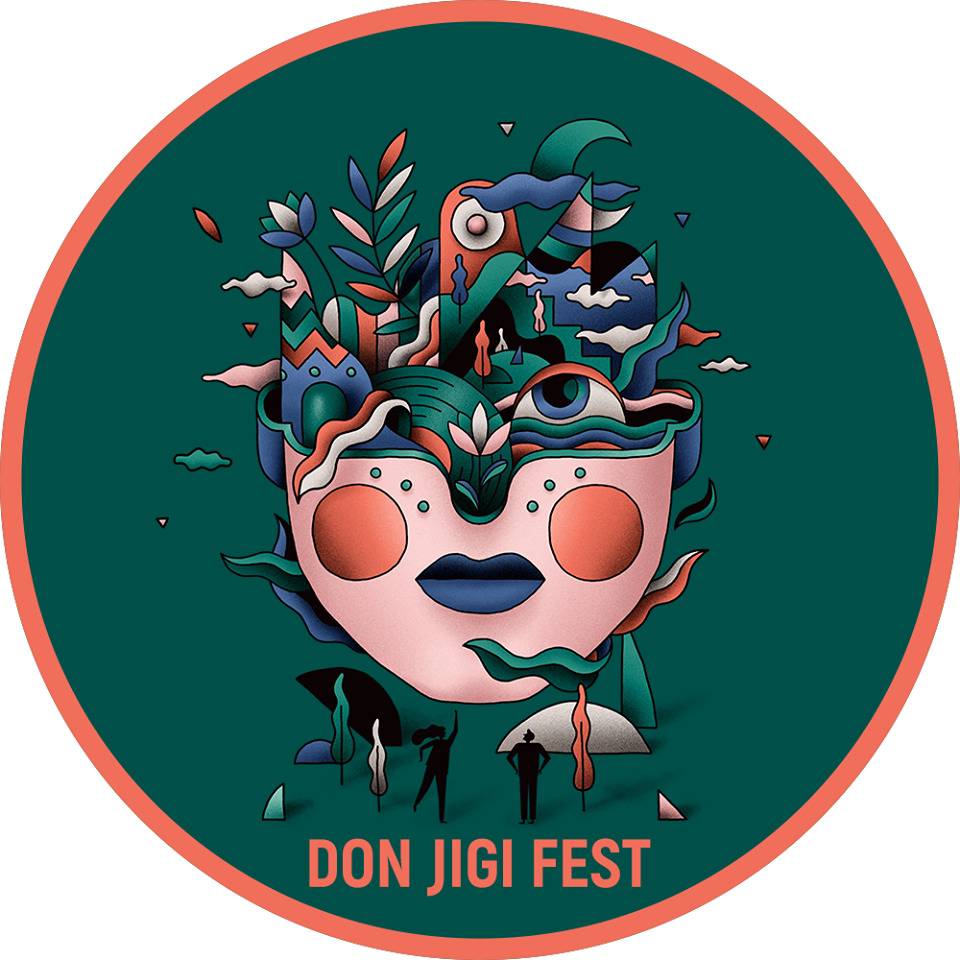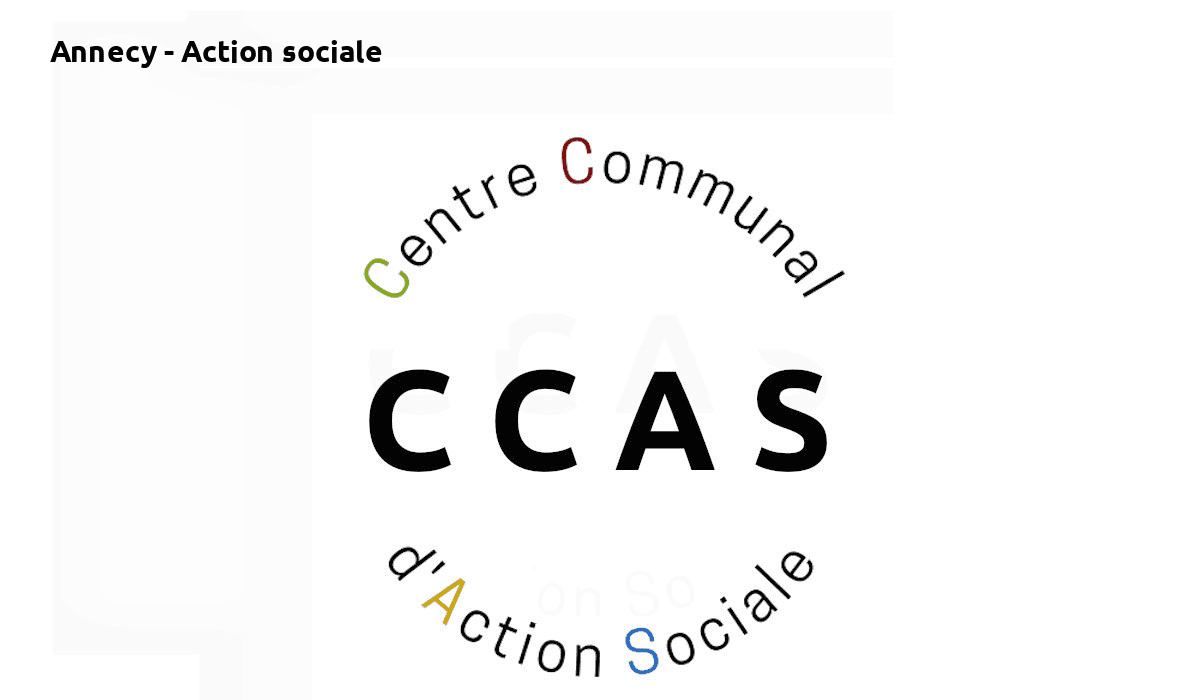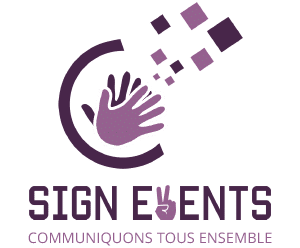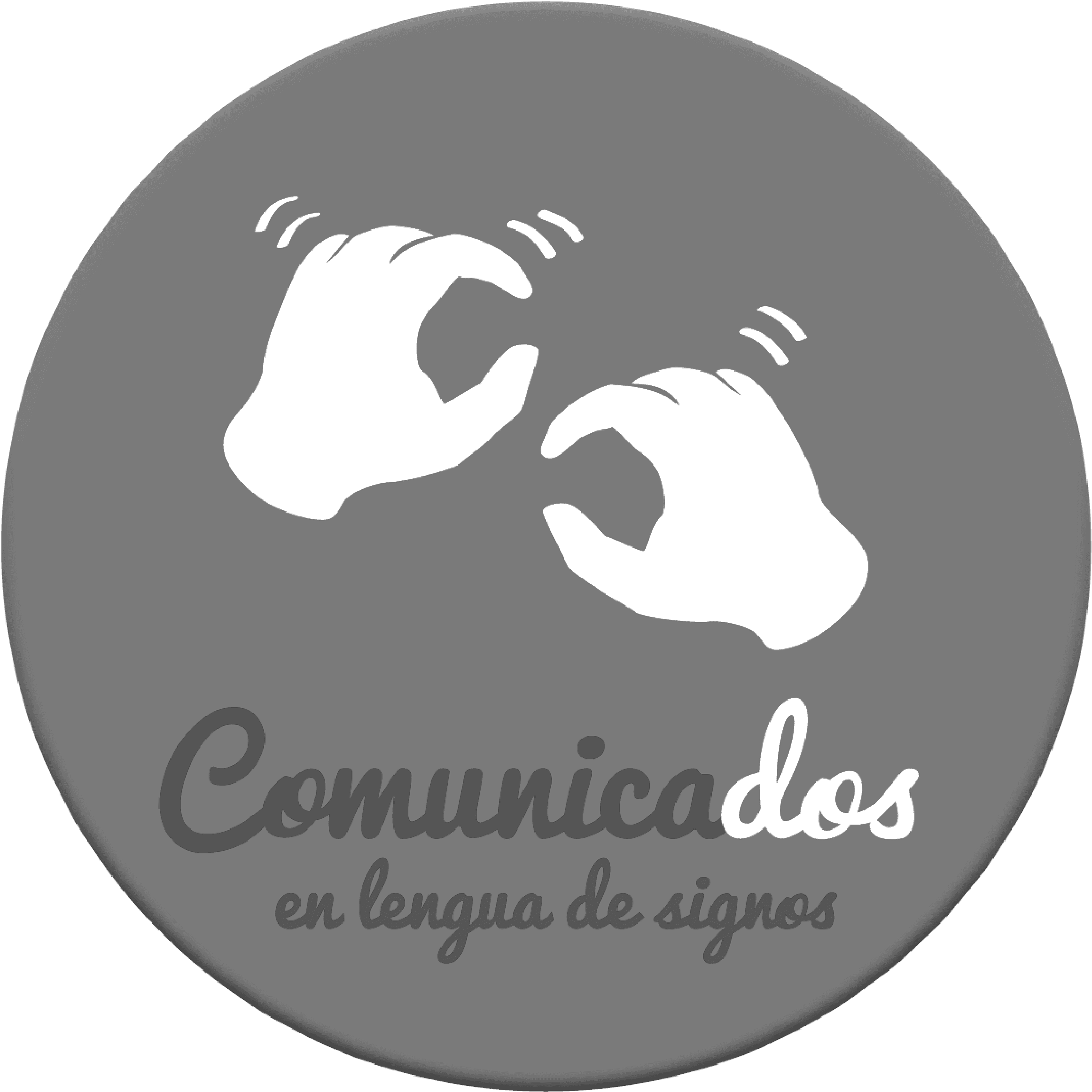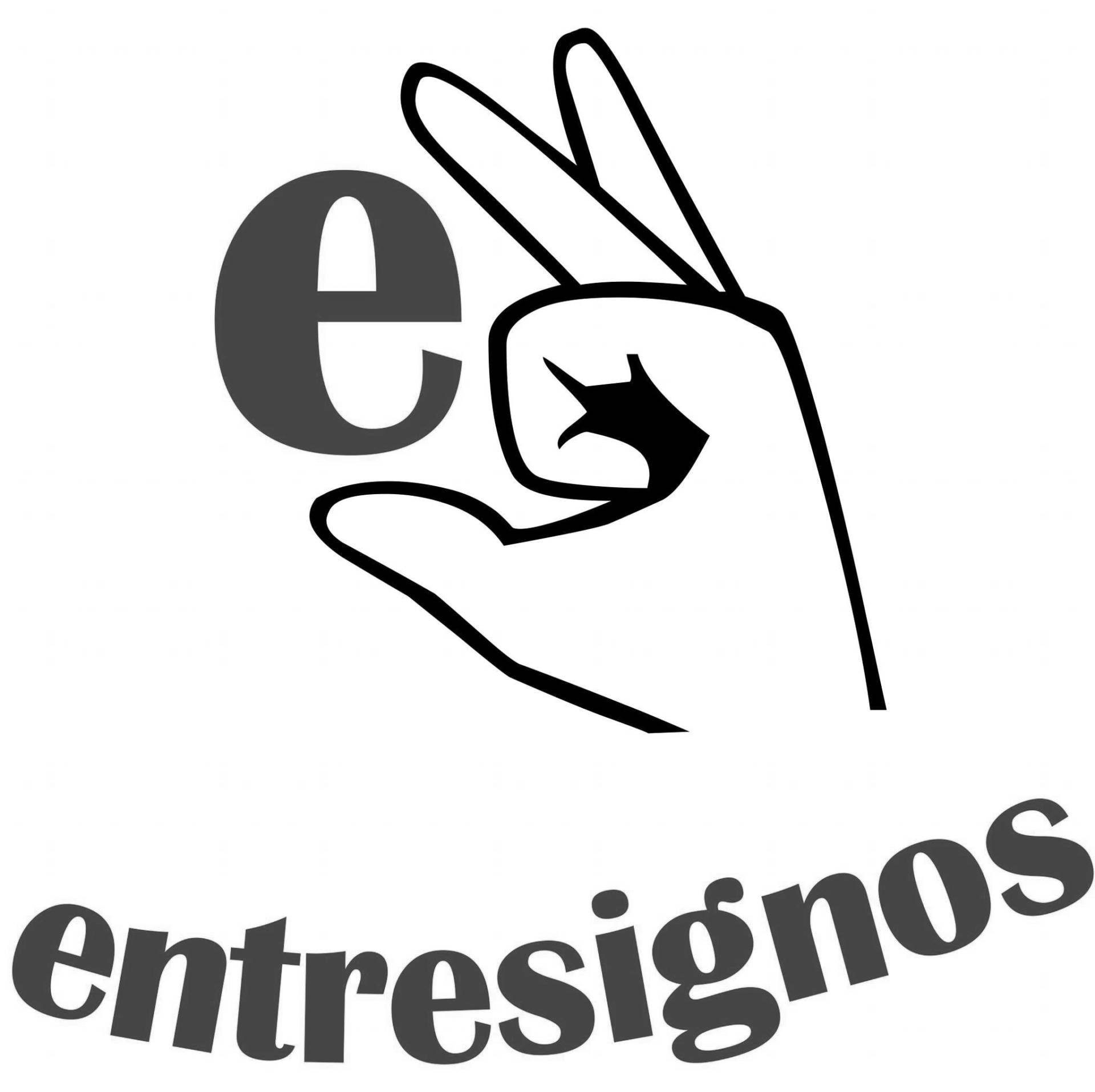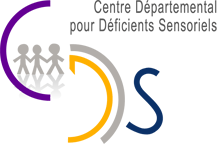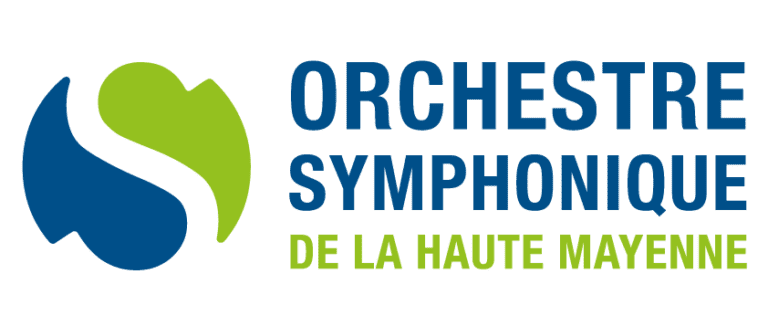Sensorial Capsule®
The first patented multi-use medical tactile audio speaker that transforms any surface and the human body into a sound resonance table.
Origin
Multisensory stimulation
Chemical-free treatment of cognitive disorders
The world is full of sounds and music, but how can we share them with everyone, including those who perceive differently? It was against this backdrop that the Sensory Capsule was born, an innovative response to the challenges faced by people with disabilities.
Integrating auditory and tactile stimulation (via vibrations) could enhance the effect of music on the brain. This multisensory approach could potentially further improve brain plasticity and facilitate the formation of new neural connections. Patients could thus benefit from better coordination and improvement in motor symptoms.
Clinic studies highlight the potential of music therapy as a complementary treatment in the management of mental diseases as Parkinson or Alzeimer. However, it is important to note that music therapy should be considered a complement to standard medical treatments and not a substitute. Continued research in this area is crucial to better understand how to optimize the use of music therapy for people with cognitive disorders.
Improved perception of rhythm
Reduction of anxiety and depression
Effects on emotional well-being
For patients with difficulty with auditory perception or those who are profoundly deaf, vibrations provide an alternative means of perceiving the rhythm of music. This can be particularly useful in the context of motor rehabilitation, where rhythm serves as a guide for movement regulation and gait improvement.
Music has beneficial effects on mood and can decrease stress and anxiety levels, which is particularly helpful for Parkinson's patients who may suffer from depression and anxiety due to the disease.
Participating in musical activities, whether listening to or playing music, can increase feelings of well-being and contribute to a better quality of life.
Technology dedicated to the senses
Although vibro-acoustic devices are increasingly used to improve cultural accessibility, deaf and hard-of-hearing people still encounter difficulties in perceiving the high frequencies of musical compositions, particularly in the field of classical music. This is why, in response to this specific need and at the instigation of musicians and professionals in the cultural sector, we have developed an innovative solution that aims to offer a new sensorial experience by translating all the frequencies of musical artworks into vibrations.
Origin
The world is full of sounds and music, but how can we share them with everyone, including those who perceive differently? It was against this backdrop that the Sensory Capsule was born, an innovative response to the challenges faced by people with disabilities.
Multisensory stimulation
Integrating auditory and tactile stimulation (via vibrations) could enhance the effect of music on the brain. This multisensory approach could potentially further improve brain plasticity and facilitate the formation of new neural connections. Patients could thus benefit from better coordination and improvement in motor symptoms.
Chemical-free treatment of cognitive disorders
Clinic studies highlight the potential of music therapy as a complementary treatment in the management of mental diseases as Parkinson or Alzeimer. However, it is important to note that music therapy should be considered a complement to standard medical treatments and not a substitute. Continued research in this area is crucial to better understand how to optimize the use of music therapy for people with cognitive disorders.
Improved perception of rhythm
For patients with difficulty with auditory perception or those who are profoundly deaf, vibrations provide an alternative means of perceiving the rhythm of music. This can be particularly useful in the context of motor rehabilitation, where rhythm serves as a guide for movement regulation and gait improvement.
Reduction of anxiety and depression
Music has beneficial effects on mood and can decrease stress and anxiety levels, which is particularly helpful for Parkinson's patients who may suffer from depression and anxiety due to the disease.
Effects on emotional well-being
Participating in musical activities, whether listening to or playing music, can increase feelings of well-being and contribute to a better quality of life.
Technology dedicated to the senses
Although vibro-acoustic devices are increasingly used to improve cultural accessibility, deaf and hard-of-hearing people still encounter difficulties in perceiving the high frequencies of musical compositions, particularly in the field of classical music. This is why, in response to this specific need and at the instigation of musicians and professionals in the cultural sector, we have developed an innovative solution that aims to offer a new sensorial experience by translating all the frequencies of musical artworks into vibrations.
Since 2014
Since 2014
Benefices
In independent or supervised use
Adjust muscle tone and alertness
Promote emotional and motor appeasement
Decrease in anxiety and depression
Reduction of stress and physical pain
Alleviation neurodegenerative diseases with motor deficits
Vagal nerve stimulation
Adjust the sensory modulation system of patients
In collaboration with medical institutes
In collaboration with medical institutes
How it works
The Sensorial Capsule is the first patented device to combine tactile, haptic and bone conduction perception.
Proprioceptive Device
Feel the vibrations of music with the fingertips
Music under your skin
The Sensorial Capsule is the first patented device to combine tactile, haptic and bone conduction perception. It is designed to be held in the hands, enabling users to physically feel the vibrations of music with their fingertips. The tactile perception of music through the fingers is based on the fact that the skin is the human body's most extensive sensory organ, endowed with great sensitivity to vibrations and pressure variations. When the fingers come into contact with a vibrating surface, tactile receptors in the skin, such as Pacini's and Meissner's corpuscles, detect the vibrations and transmit them to the central nervous system.
Proprioceptive Device
Feel the vibrations of music with the fingertips
Music under your skin
The Sensorial Capsule is the first patented device to combine tactile, haptic and bone conduction perception. It is designed to be held in the hands, enabling users to physically feel the vibrations of music with their fingertips. The tactile perception of music through the fingers is based on the fact that the skin is the human body's most extensive sensory organ, endowed with great sensitivity to vibrations and pressure variations. When the fingers come into contact with a vibrating surface, tactile receptors in the skin, such as Pacini's and Meissner's corpuscles, detect the vibrations and transmit them to the central nervous system.
Music through the body
Bone conduction
Sound waves propagating
In addition to tactile perception, the Sensorial Capsule also has the ability to transmit the sound vibrations of music through the body by bone conduction. This innovation represents a direct method of propagating sound waves through the body's physical mediums. We have chosen to focus on the pure and simple translation of musical notes into vibrations, without altering frequencies or using electronic actuators. The user will feel the note as it is played. By combining tactile perception with bone conduction, the Sensorial Capsule offers a musical experience that engages the sense of touch in an unprecedented and enveloping way, enabling users to experience music as never before.
Relaxing effects
Vagal nerve stimulation
Brain and body linking
The vagal nerve plays a key role in producing the deeply relaxing effects experienced during vibroacoustic therapy.
The vagal nerve communicates with almost all of our organs. It is responsible for decreasing alertness, blood pressure and heart rate and contributes to calmness, relaxation and digestion.
Relaxing effects
Vagal nerve stimulation
Brain and body linking
The vagal nerve plays a key role in producing the deeply relaxing effects experienced during vibroacoustic therapy.
The vagal nerve communicates with almost all of our organs. It is responsible for decreasing alertness, blood pressure and heart rate and contributes to calmness, relaxation and digestion.
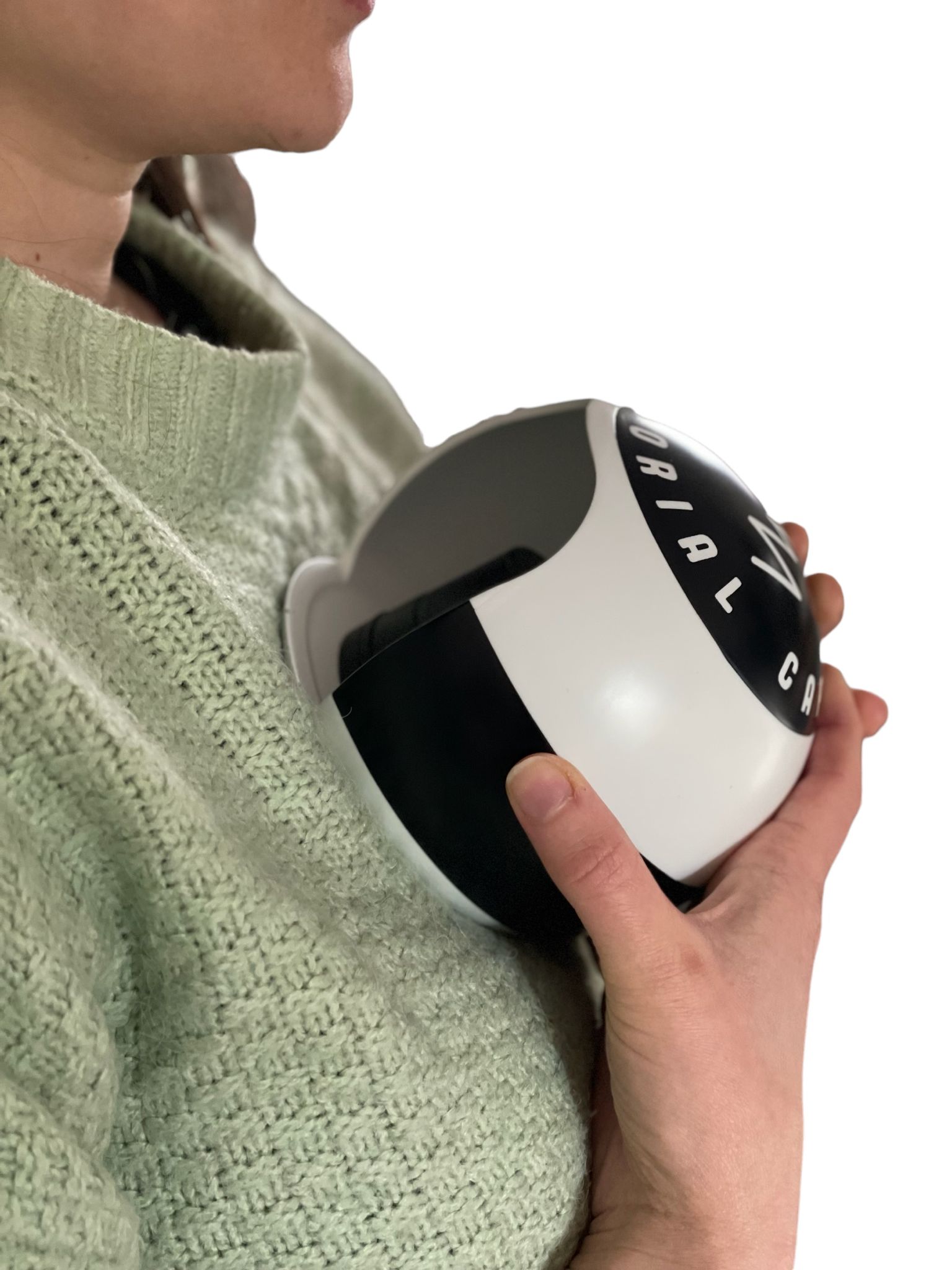
The values that are dear to us
INCLUSIVE
Inclusive solution for the deaf and hearing-impared
UNIQUE
Worldwide unique solution
HIGH STANDARDS
Complies with standards of establishments open to the public
PREMIUM SUPPORT
24/7 customer service, defective units replacement less than 72h



